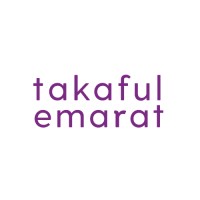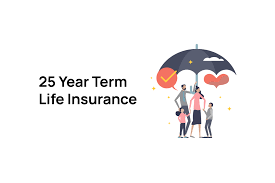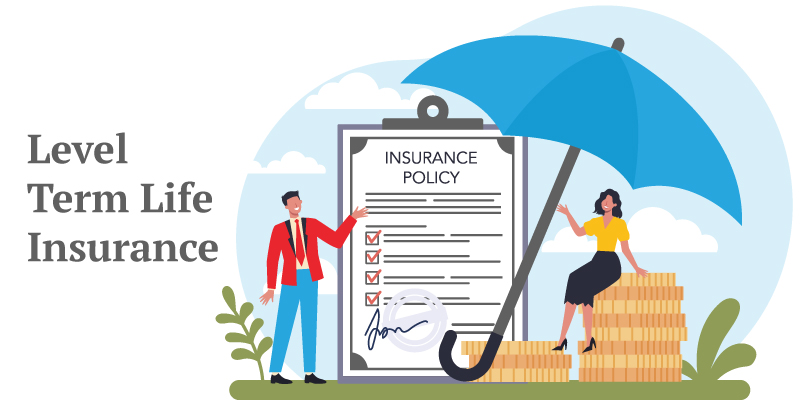Explore affordable term insurance for women in the UAE. Learn about benefits, best plans, eligibility, and how to choose the right coverage to protect your family.
Differences Between Term Insurance and Life Insurance
In today's rapidly changing world, life insurance has emerged as a critical financial tool to shield your loved ones from life's uncertainties. Broadly, there are two types of popular life insurance plans – term insurance policies, which provide a death benefit, and traditional life insurance policies which offer both death and maturity benefits.
Recently, people have started to recognise the importance of life insurance, although there's often confusion and debate over term insurance and traditional life insurance. This confusion arises because both types of policies come with their unique set of advantages, tailored to suit the different needs and preferences of policyholders. Understanding these distinctions can be pivotal in making informed financial decisions.
Table of Content
In this article, we will explore the major differences between life insurance and term insurance plans and the key benefits of each category to help you find out which option will best suit your needs.
Term Insurance Plan
Term insurance stands as one of the most straightforward and fundamental forms of life insurance products. Its primary function is to provide financial recompense to the family or nominee upon the untimely death of the insured individual.
Inherent within term plans is the absence of a savings component. Term plans focus solely on providing death benefits without offering survival benefits.
To broaden the extent of coverage, several insurance firms now offer optional enhancements like accidental death benefits or critical illness coverage. One of the most appealing characteristics of term plans is their ability to provide substantial coverage at cost-effective premium rates.
Various types of term insurance plans are accessible in the UAE, each offering unique features and benefits. The table below provides an overview of these diverse plans and their respective benefits -
| Types of Term Plans | Essential Features |
|---|---|
| Level Term Plan | Premium costs remain constant throughout the policy term |
| Increasing Cover | Assured coverage increases in alignment with different life stages |
| Decreasing Cover | Coverage progressively reduces throughout the policy term |
| Return of Premium (RoP) | All the paid premiums are refunded in full if the policyholder survives until the end of the policy term |
| Convertible Plan | Provides the flexibility to switch to a different insurance plan according to the policyholder's requirements |
Life Insurance Plan
Life insurance policies are structured to extend wide-ranging and thorough coverage to policyholders and their families. These insurance plans often combine life cover with a savings aspect, making them generally pricier than basic term insurance plans, which offer pure risk cover.
In life insurance plans, premium payments are usually split into two segments. One segment is dedicated to providing a death benefit to the nominees, while the other portion is allocated towards investment and savings.
Various life insurance plans available in the UAE come with distinct features and benefits. Have a look at the table below to understand the key aspects and advantages of these different plans:
| Types of Life Insurance Plans | Essential Features |
|---|---|
| Whole Life Insurance Plan | Offers coverage for the policyholder's entire lifespan along with death benefits |
| Endowment Plans | Provides death benefits along with guaranteed maturity benefits |
| Child Insurance Plans | A blend of insurance and investment aimed at securing the future financial needs of the child |
| Unit-Linked Insurance Plans (ULIPs) | Fuses life insurance and investment into a single comprehensive plan |
| Pension Plan | Provides a regular income to the policyholder post-retirement. |
| Money-Back Plan | Maturity benefits are returned in lump sum or installments after the policy term concludes |
Term Insurance vs Life Insurance- Benefits Compared
While term insurance and life insurance plans offer certain benefits, they also diverge in various aspects. The table below highlights the major differences between the two types of policies in terms of meaning, coverage, investment components, policy duration, premiums, cash value, convertibility, and suitability -
| Parameters | Life Insurance | Term Insurance |
|---|---|---|
| Definition | Offers coverage for the insured's entire lifespan, typically merging a death benefit with a savings or investment element | Offers coverage for a fixed term or duration, providing a death benefit if the insured dies within that period |
| Scope of Coverage | Provides both death benefits and guaranteed maturity benefits | Only provides death benefits to beneficiaries |
| Investment Element | Yes, a part of the premium is invested in wealth generation | No, term insurance does not include an investment element |
| Policy Duration | Provides lifetime coverage, as long as premiums are paid | Coverage is limited to the selected term (e.g., 10, 20, or 35 years), after which the policy terminates |
| Premiums | Generally more expensive as they incorporate a savings or investment component | Cheaper and more cost-effective as they only offer death benefits |
| Cash Value | Builds up over time, allowing for loans, withdrawals, or surrendering the policy | Does not accumulate any cash value |
| Convertibility | Not applicable as the policy inherently provides lifelong coverage | Depending on the policy, it may be possible to convert to a permanent life insurance policy without further underwriting |
| Appropriateness | Ideal for long-term financial planning, estate planning, or individuals seeking a policy with a savings or investment element | Best suited for individuals requiring coverage for a specific duration (e.g., until children are self-sufficient or a mortgage is fully paid) at lower premiums |
Term vs Life Insurance - The Final Note
The decision between term insurance and life insurance revolves around individual circumstances, requirements, and financial goals.
Term insurance, with its lower premiums and death benefit focus, is ideal for those seeking coverage for a specific period or life milestone, such as until a mortgage is repaid or children are financially independent.
On the contrary, traditional life insurance provides not only death benefits but also a savings element. It serves as a good financial instrument for long-term wealth accumulation and estate planning. It presents the dual advantage of lifelong coverage and wealth generation, albeit at a higher premium.
The nuanced differences and features outlined in this guide aim to dispel any confusion surrounding these policies, facilitating a well-informed choice that aligns with your financial landscape. As always, it is recommended to thoroughly consider your personal requirements, financial capabilities, and long-term goals before selecting an insurance policy so that it serves as a reliable safety net for you and your loved ones against life's uncertainties.




























